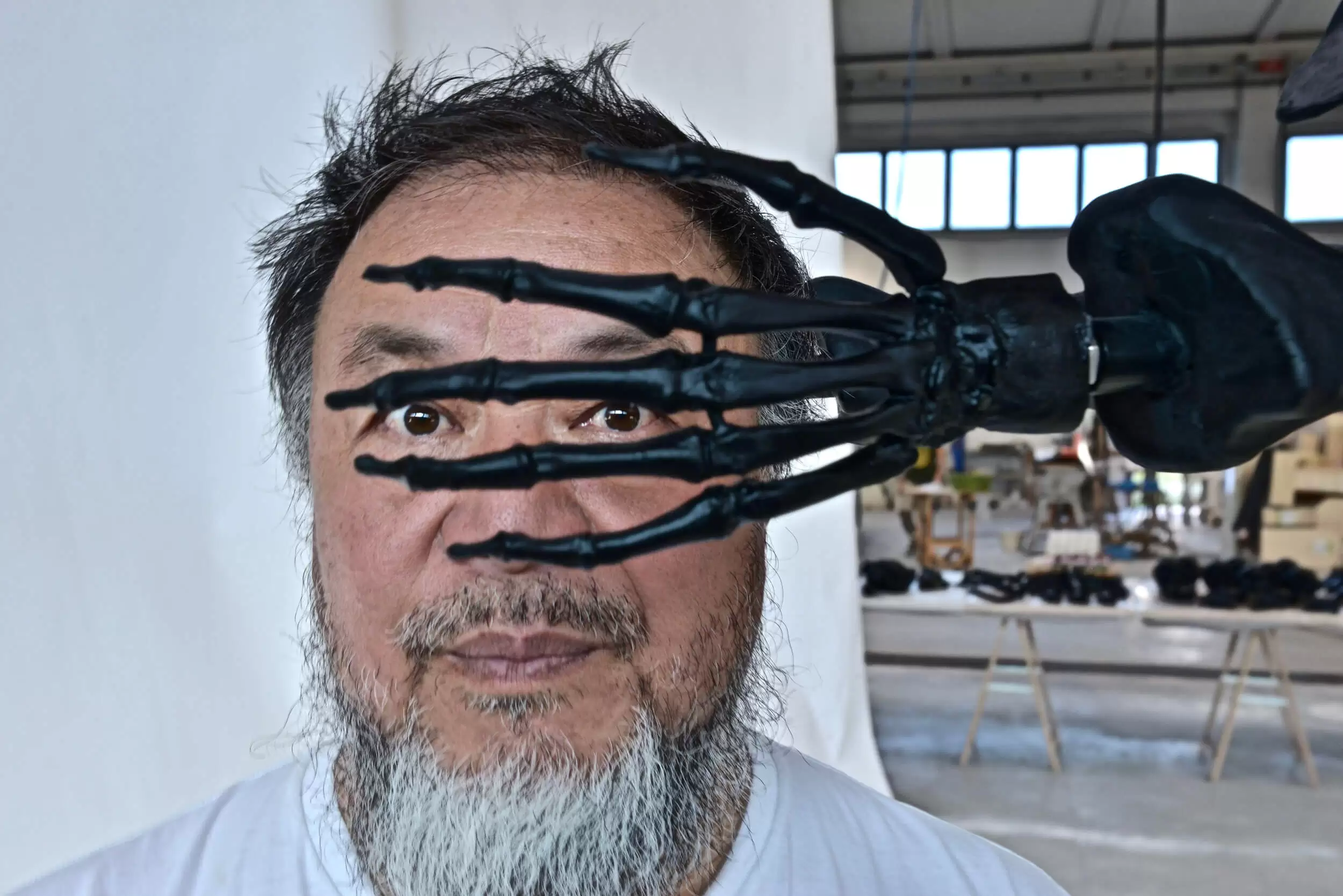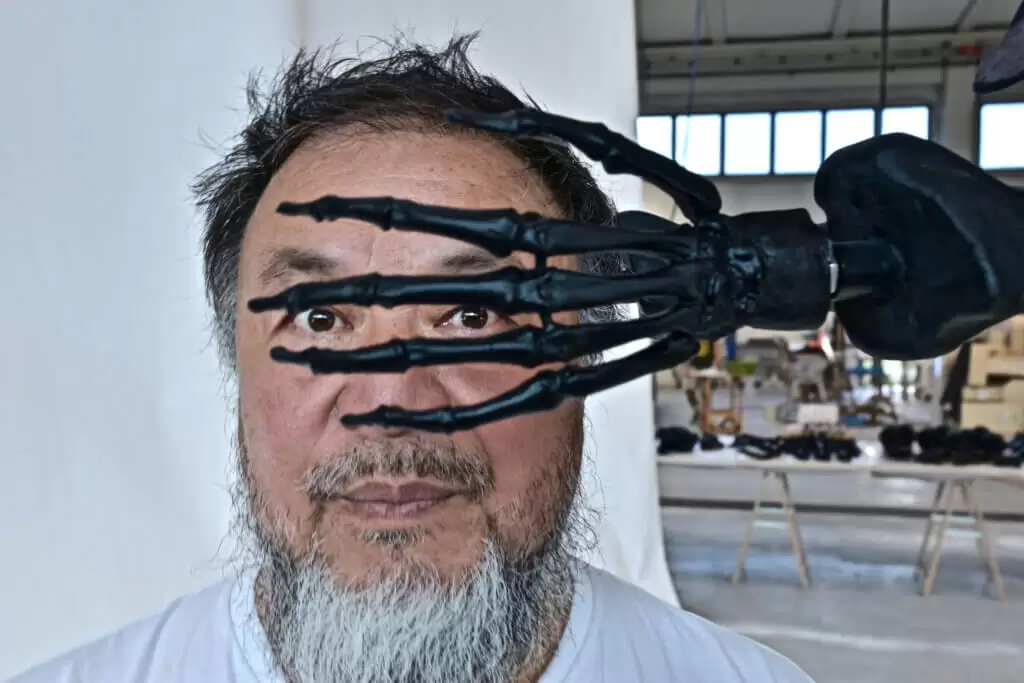La Commedia Umana – Memento Mori
28th August (until 27th November 2022)
Open every day except Tuesday, from 10am to 6pm. Free entry.
Basilica di San Giorgio Maggiore
Island of San Giorgio Maggiore
30124 Venezia
Ai Weiwei, in collaboration with Abbazia di San Giorgio Maggiore – Benedicti Claustra Onlus, Berengo Studio and Fondazione Berengo, announces a new body of work set to be unveiled at a solo exhibition in Venice this summer. Marking the artist’s first experimentation with glass, which began in Beijing in 2009 and has culminated in a three-year project conceived in Murano, the works are filled with motifs from Ai Weiwei’s long and varied artistic career.
Glass, a special material and a part of our daily life, bears witness to joy, anxiety and worry in our reality. In its presence we reflect upon the relationships between life and death, and between tradition and reality.
Ai Weiwei
Alongside some of the artist’s best-known and latest works in porcelain, wood and LEGO, the glass series will be presented within the dramatic setting of Venice’s Basilica of San Giorgio Maggiore from 28th August to 27th November 2022. The centrepiece of the artist’s glass series is La Commedia Umana, an enormous hanging sculpture comprised of over 2,000 pieces of black glass handcrafted by the maestros of Berengo Studio in Murano. Measuring more than six metres wide and almost nine metres high, the twisted monument is the largest hanging sculpture ever made in Murano glass in living history.
The intricate details of the imposing work are made visible through the skilful use of light by the Italian company Luce5. Thanks to this illuminating support, the artwork reveals a cascade of bones, organs and unexpected items which act as a poignant reflection on the alienating relationship between humans and the natural world, a message that rings loudly in the fragile ecosystem of the Venetian lagoon. Moreover, in counterpoint to Palladio’s balanced architecture, the gigantic work and exhibition enhance the Benedictine monks’ centuries-old commitment to promoting a fruitful dialogue between the church and contemporary art.
“This vast hanging sculpture in black glass defies definition, nothing like it has ever really been seen or realised before. Part of its beauty is it remains a mystery, a human tragedy, a comedy, a tangled mess that we each must seek to unwind in our own time. It is a work that stirs emotions, that forces us to come to terms not only with our own mortality, but with the part our lives have to play in the greater theatre of human history.” – comments Adriano Berengo, Founder of Berengo Studio and Fondazione Berengo.
Weighing 2,700 kg, the monumental ‘chandelier’ debuted in Rome in March 2022 and returns to its origins in Venice, joining eight unseen glass works, including Brainless Figure in Glass, 2022, a self-portrait conceived through modern technology and manual sculpting; Glass Root, 2022, which harks back to the artist’s woodwork following the discovery of remnants of deforestation and natural causes in Brazil in 2017; and everyday objects, such as Glass Takeout Box, 2022, a symbol of globalisation (first introduced in marble in 2015), and Glass Toilet Paper, 2022, which reflects our society’s fragility.
Titled La Commedia Umana – Memento Mori and curated by Ai Weiwei, Adriano Berengo and Carmelo A. Grasso, Director of Abbazia di San Giorgio Maggiore – Benedicti Claustra Onlus, the exhibition will also feature a selection of Ai Weiwei’s most notable works, such as Illumination, 2019 (loaned by Lisson Gallery), an iconic selfie taken by Weiwei in Chengdu, China, in 2009, as police escorted him to a hotel lift; and Dropping a Han Dynasty Urn, 2016, a provocative series of black and white photographs recreated in LEGO bricks. The exhibition will also present two of Ai Weiwei’s latest LEGO works: Sleeping Venus (After Giorgione), 2022 and Know Thyself, 2022, two debut works commissioned by Galleria Continua, and Untitled (After Mondrian), 2022, loaned by Berlin’s neugerriemschneider gallery.
Inspired by the collaborative work of Peggy Guggenheim and Egidio Costantini in the 1960s, who invited masters such as Picasso and Chagall to produce art in glass, this project builds on Berengo Studio’s work with contemporary artists over the past three decades.
©2022 Ai Weiwei






